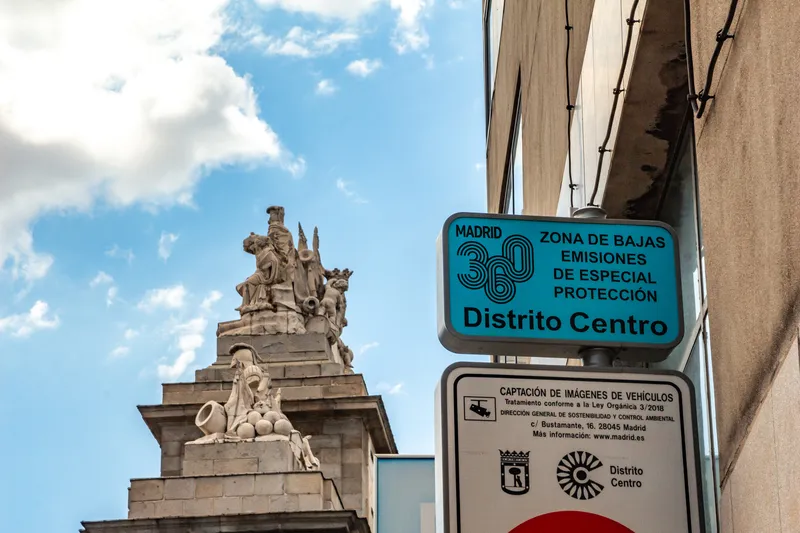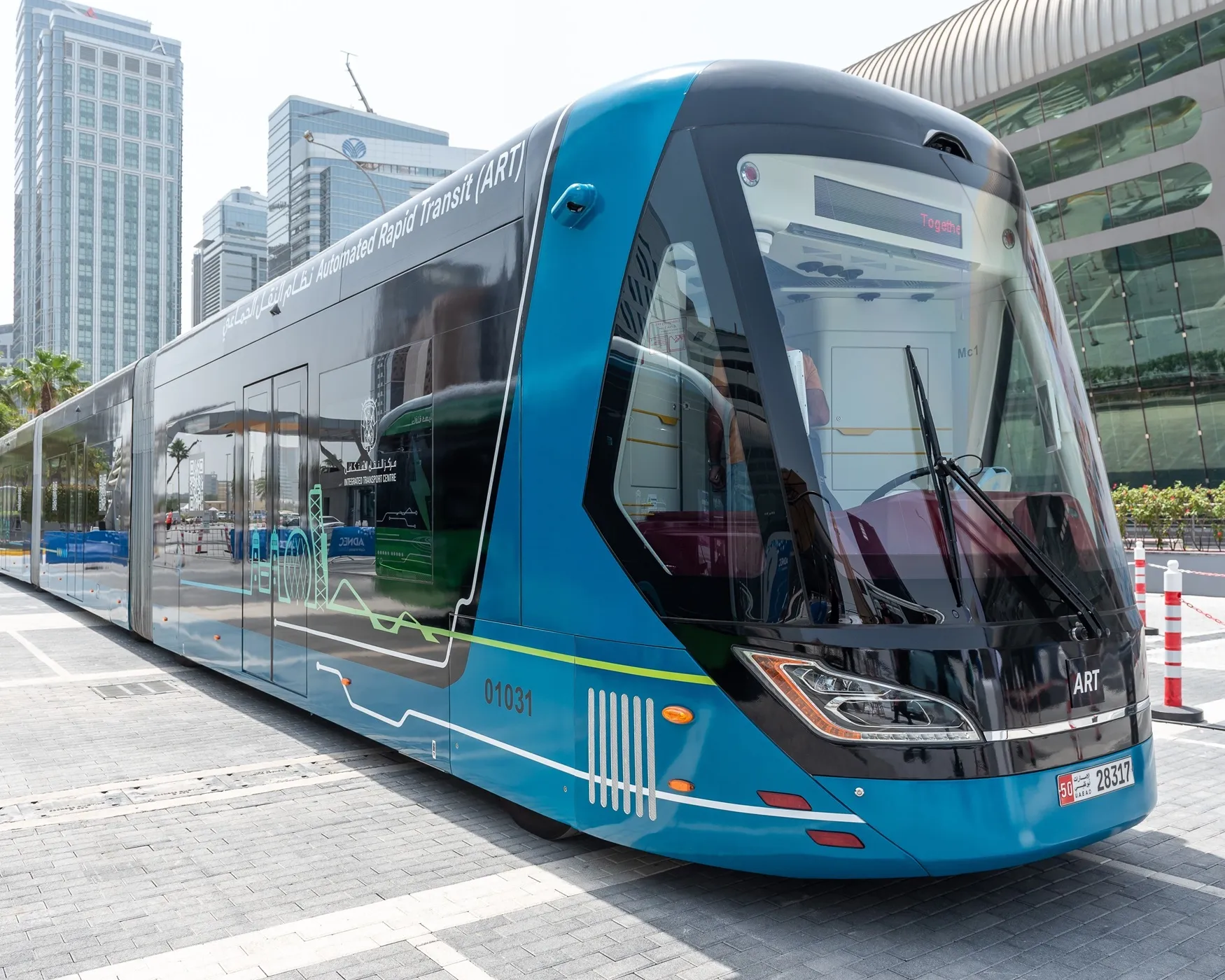
Around €1.5 trillion of investment in sustainable mobility is needed in Europe by 2050 if the continent is to reach its Green Deal objectives.
That it is one of the conclusions of a study by EIT Urban Mobility, an initiative of the European Institute of Innovation and Technology, an agency of the European Union. The study, Cost and Benefit of the Urban Mobility Transition, explores how European cities could navigate the complex journey towards achieving the EU Green Deal objectives for the transport sector by 2030 and 2050. It evaluates the financial and societal impacts of various mobility strategies.
The study, an update to a 2021 report, offers a detailed simulation of three transition scenarios across 12 would-be European cities which were created to reflect the diversity of the union’s urban environments. It reveals that while technology advancements alone could reduce CO₂ emissions by 21% by 2030, achieving the Green Deal targets requires much more ambitious measures.
The only emission reduction pathway for urban mobility that meets the 2030 Green Deal target involves a 44% reduction in emissions. But it comes with significant challenges in terms of public acceptance and changes of behaviour.
How do cities reduce private car use?
The study highlights that the most efficient way to reduce private car use - and consequently emissions - involves a combination of attractive public transport, shared mobility options and vehicle access restrictions such as low-emission zones. By 2030, these measures could result in a 7% increase in public transport ridership and up to a 16% reduction in private vehicle trips.
"The report underscores the urgency of prioritising the right investment in clean mobility and its positive return for health and the environment,” said Maria Tsavachidis, chief executive of EIT Urban Mobility.
“Public transport emerges as the most affordable and inclusive solution for reducing CO₂ emissions. However, this transition is not without its challenges. We need a coordinated effort at all [government] levels to ensure that the necessary investments are made and that citizens are engaged and supported through this transition."

By 2050, all three scenarios analysed in the study are projected to meet the Green Deal’s decarbonisation goals for the transport sector. This is primarily through continued technological advancements and vehicle fleet renewals. The study estimates that reaching these goals will require at least €1.5 trillion of investment, including €500 billion for implementing and managing various sustainable mobility measures.
Although these costs are significant, the study highlights that benefits such as reduced CO₂ emissions, improved public health and lower external costs outweigh the financial costs of implementation.
In addition to emission reductions, the study points to significant public health benefits. A shift towards more active modes of transport, such as walking and cycling, could lead to cumulative health savings of up to €1,170 per capita by 2050, driven by the benefits of a more active lifestyle.
Meeting Green Deal objectives
Moreover, improvements in road safety are anticipated. Potential reductions in road traffic fatalities of up to 70% by 2050 would be a result of safer infrastructure and the adoption of intelligent transport systems.
The research underscores that, regardless of a European city's characteristics, prioritising public transport is essential for a fair and sustainable urban mobility transition. Public transportation provides an ideal compromise between CO₂ emission reductions and investments. But it is also the only inclusive mobility option for all segments of the population.
Even when accounting for infrastructure investment costs, public transport stands out as an affordable option for inclusive and low CO₂ emissions. It is one of the most realistic and practicable approach to meet the Green Deal objectives.
EIT Urban Mobility said that, as Europe races to meet its climate goals, the Cost and Benefit of the Urban Mobility Transition study provides a crucial roadmap for policymakers, city planners and stakeholders to navigate the complex challenges and opportunities ahead.
EIT Urban Mobility facilitates collaboration between cities, industry, academia, research and innovation to solve the most pressing mobility challenges of cities. Using cities as living labs, its industry, research and university partners demonstrate how new technologies can work to solve real problems in real cities by transporting people, goods and waste in smarter ways.










